Customizing silicone products may seem simple, but it actually requires clear communication on many technical details. Among them, hardness and thickness are two of the most critical parameters. If these requirements are not clearly explained, the samples may fall short of expectations. This can affect the product’s performance, feel, or even cost.
In this article, we’ll walk you through how to clearly and accurately express these key specifications, from multiple angles and with practical guidance.
Why Are Shore Hardness and Thickness So Important?
Silicone is used in many areas like medical, electronics, automotive, and daily products. It can handle heat and cold, stays flexible, and resists chemicals. But to make a good silicone product, two things really matter: Shore hardness and thickness.
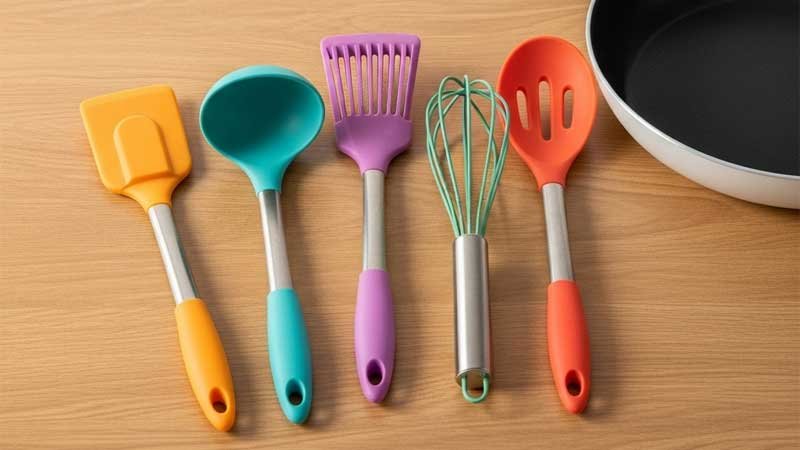
Shore Hardness: Tells You How Soft or Firm the Silicone Is
Shore hardness shows how soft or hard the silicone feels. It affects how the product works and how it feels in your hand.
- Shore A 30: Soft and flexible. Good for baby products like pacifiers or teethers.
- Shore A 70: Firm and strong. Great for industrial seals that need to resist pressure and wear.
Thickness: Impacts Strength, Weight, and Cost
How thick the silicone is will change how strong it is and how much it costs.
- 0.5 mm: Thin and light. Often used in small electronic parts.
- 2.5 mm: Thick and tough. Used in cars to make strong seals, but costs more to make.
If you don’t clearly tell your supplier what hardness and thickness you need, problems can happen:
- The product may not pass quality checks. You might need to redo it or throw it away.
- Delays in delivery can mess up your production schedule and make customers unhappy.
- If the size is off, it can waste material or cause trouble in production, raising your costs and cutting profits.
What Should You Prepare Before Talking to a Supplier?
Before discussing hardness and thickness with your silicone supplier, good preparation is key. Clear, specific, and well-documented requirements will make communication smoother and reduce risks. Here are five steps to help you build a solid technical foundation.
Define the Product’s Function and Use Case
Start by thinking about how the silicone product will be used and what it needs to do. If it needs to be soft and flexible, like medical tubing, a Shore A hardness of 30 to 50 works well. For tougher parts like automotive seals, Shore A 60 to 80 is better because it can handle oil and wear.
Next, check the thickness. Phone cases are usually around 1.5 mm ±0.1 mm — thick enough to protect, but still lightweight. For electronic parts, silicone films may need to be very thin, like 0.5 mm ±0.05 mm, to stay flexible and precise.
Think about the environment the product will face. Will it need to handle heat, pressure, or chemicals? These factors affect both material choice and design.
Also, don’t forget safety rules. Products that touch food must meet FDA or LFGB standards. Medical items should pass ISO 10993 tests to make sure they’re safe for the body.
For example, a company making breathing masks might ask for Shore A 40 ±5 for softness, and 1.2 mm ±0.1 mm thickness for a snug and airtight fit.
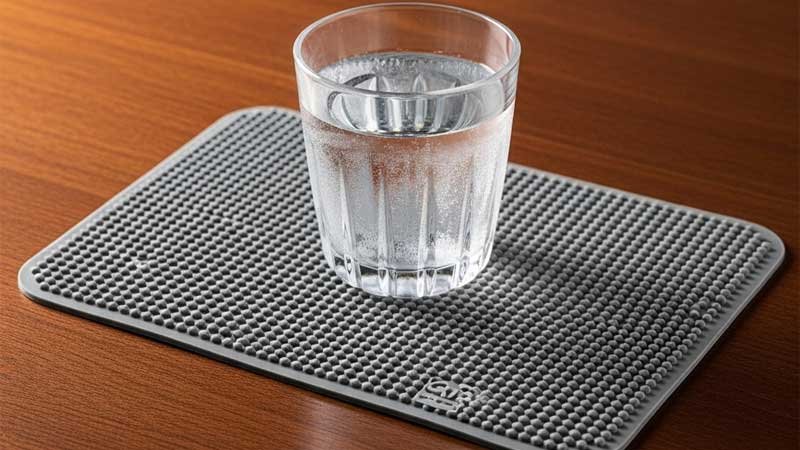
Understand the Shore Hardness Scale
Most silicone products use the Shore A scale to describe hardness. This scale applies to soft rubber-like materials.
| Shore A Hardness | Feel | Typical Uses |
| 20A | Very soft | Medical tubing, gel pads |
| 50A | Medium soft | Buttons, cushions, seals |
| 70A | Firm | Industrial gaskets, mats |
Some suppliers may use the IRHD scale. Ask for a conversion chart to avoid confusion.
Specify the Thickness Clearly
Nominal thickness: This is the target value, such as 2.0 mm.
Tolerance range: Be clear — e.g., ±0.1 mm. Avoid vague terms.
Measuring point: Say whether the thickness is measured at the center, edge, or key areas.
Process limits:
- Liquid Silicone Rubber (LSR): Can go as thin as 0.3 mm for detailed parts.
- Compression Molding (HTV): Best for ≥1.0 mm thicker parts.
Check the Supplier’s Technical Capability
Make sure your supplier can deliver the product as required:
- Material experience: Do they know how to work with LSR, HTV, or RTV types of silicone?
- Testing tools: Do they have calibrated durometers and thickness gauges?
- Quality system: Prefer manufacturers certified with ISO 9001.
Prepare Clear Technical Documents
Well-organized documents help avoid mistakes and save time.
- TDS (Technical Data Sheet): Should include key properties like hardness, tensile strength, and tear resistance.
- Engineering drawings: Show exact dimensions, tolerances, and wall thickness.
- Testing standards and methods: For example, ASTM D2240 for hardness or DIN ISO 2286 for thickness.
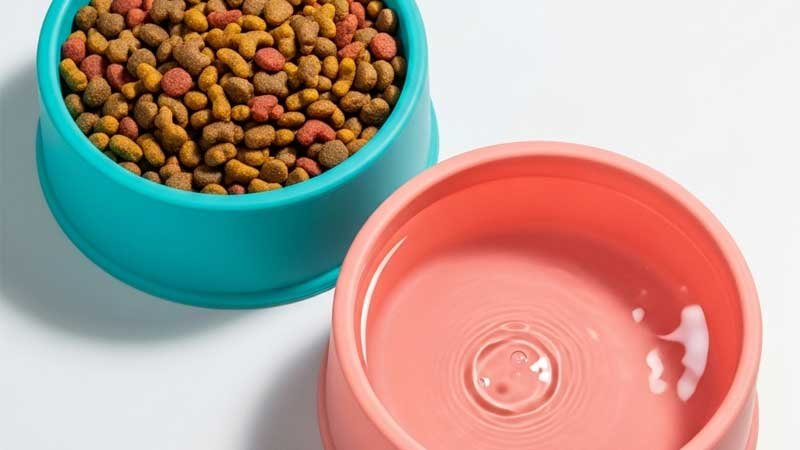
How to Communicate Silicone Requirements Clearly and Effectively?
When customizing silicone products, it’s not enough to describe things vaguely or rely on verbal communication. Clear, structured, and standardized communication is key to making sure your product is delivered on time and meets all expectations.
Use Precise Terms to Avoid Confusion
Instead of saying a bit softer or a bit harder, give exact values like Shore A 60 ±5. Numbers speak the clearest language to your supplier. It also helps to explain why a certain hardness is needed, based on how the product will be used. For example: Shore A 30 for wearable devices to ensure skin-friendly softness. Shore A 70 for industrial seals to improve wear resistance.
Include Detailed Specs with Testing Methods
Don’t just say I need it thicker or I want it harder. Explain how those values are measured — where, how often, and using what tools. Here’s a standard way to present technical specs:
| Item | Example Parameter | Description & Requirements |
| Hardness | Shore A 60 ±5 | Test standard: ASTM D2240Condition: 23°C, 50% humidity |
| Thickness | 2.0 mm ±0.1 mm | Measure 5 points as shown in drawingTool: Digital caliper or laser gauge |
Sharing clear test tools, methods, and locations helps make data consistent between different factories.
Use Drawings and Models to Aid Understanding
Technical drawings are one of the best ways to make your idea clear. At minimum, consider sharing:
- Engineering drawings: Include front view, cross-sections, tolerance notes, and measurement points.
- Sample or reference photos: A real sample or a similar product photo can help the supplier understand your needs.
- 3D model files: Use formats like STEP or IGES so mold engineers can see internal details clearly.
Combining these materials helps reduce misunderstandings and speeds up production.
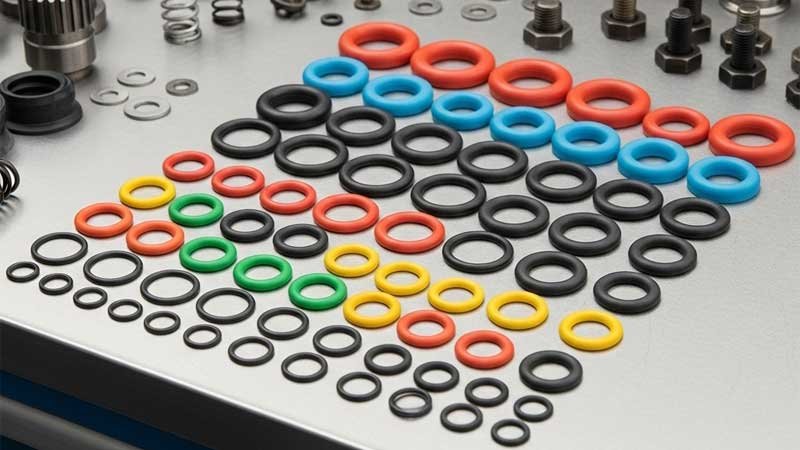
Set Clear Testing and Acceptance Requirements
Besides the product specs, explain how to test them, how often to test, and what counts as acceptable. For example:
Supplier must submit a first-article inspection report with Shore A hardness values from 5 samples (per ASTM D2240), and mark 3 thickness points per sample, measured using a calibrated digital caliper.
You should also describe inspection frequency and standards clearly:
| Test Phase | Items Tested | Requirement |
| First article | Hardness, thickness | Full inspection, 100% within tolerance |
| In-production QC | 5–10 random units | Must meet all design tolerances |
| Final inspection | Retest key specs | Test report must be included with shipment |
Discuss Manufacturing Limits with Your Supplier
Never ignore supplier feedback. Complex structures, very thin walls, or tight tolerances can all challenge the mold design and curing process.
Instead of demanding 0.3 mm ±0.05, ask something like:
We’re planning to design a 0.3 mm silicone film. Will this require special molds or vacuum-assisted molding? Will it affect cost?
Asking in this way helps you get professional input and builds a stronger working relationship.
If cost-performance balance is needed, talk through options with your supplier — for example, relaxing the tolerance to ±7, or increasing wall thickness in non-functional areas. These small changes can lead to win-win solutions.
How to Make Sure Suppliers Follow and Verify Technical Requirements?
To ensure silicone products are made to spec, communication alone isn’t enough. You need a clear and practical control system in place.
Start by asking your supplier to confirm the key specs in writing. This includes hardness, thickness, and tolerance ranges. They should also share an execution plan, including test standards (like ASTM D2240), tools to be used, and testing frequency. This helps prevent misunderstandings.
Before mass production, always validate with samples. Ask for prototypes or trial runs, then test hardness and thickness on your end. Compare your results with theirs. For example, if a silicone wristband is supposed to be Shore A 40 and 1.0 mm thick, but the actual values differ, raise the issue early.
Share your test results with the supplier quickly. If there’s a gap, work together to adjust the formula or curing process to improve hardness consistency.
It’s also wise to sign a Supplier Quality Agreement (SQA). This document clearly defines technical standards, test methods, how to handle non-conforming products, and who is responsible for what. It gives both sides a shared reference.
Ongoing communication is just as important. Do regular quality checks, review test data, and keep the supplier updated on any design changes. This helps keep production stable and consistent over time.

Common Issues and Practical Solutions
When working with silicone suppliers, it’s common to run into challenges around standards, measurements, communication, and production. Here are some typical problems and how to handle them:
Inconsistent Standards
The Problem:
Some suppliers use the IRHD (International Rubber Hardness Degree) scale instead of Shore A. This can cause confusion when discussing hardness.
The Solution:
Share a comparison chart and clearly state which standard you expect, such as ASTM D2240. Ask the supplier to follow the same test method to avoid mismatched results.
Measurement Differences
The Problem:
Hardness or thickness results are inconsistent. This often comes from uncalibrated tools or different testing methods.
The Solution:
Request calibration certificates for their measuring tools. If possible, suggest using high-precision equipment like laser thickness gauges to ensure consistency.
Misunderstood Terms or Language Barriers
The Problem:
Vague terms like soft or medium hardness are often misunderstood, especially when translated.
The Solution:
Use bilingual documents and support them with samples or reference items. Visual and tactile examples help suppliers understand exactly what you mean.
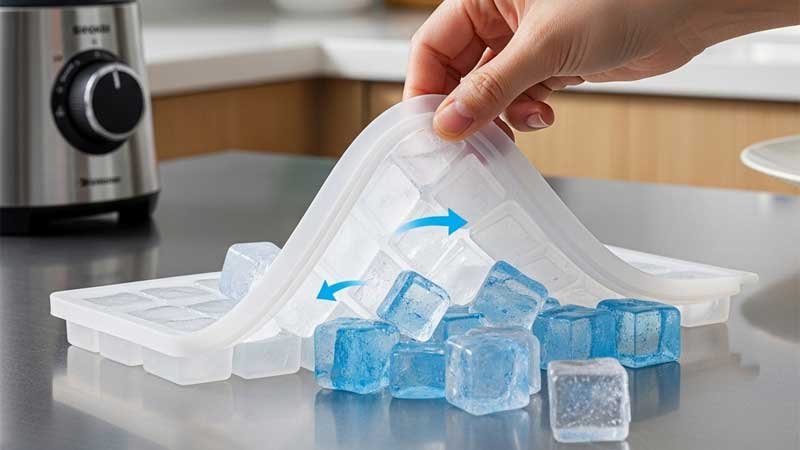
Balancing Cost and Tolerance
The Problem:
To reduce cost or simplify production, a supplier may propose wider tolerances for hardness or thickness.
The Solution:
Only agree to this if the product still performs well. Ask the supplier to send samples with the relaxed tolerances, then test them to confirm they meet your needs.
Process Limitations
The Problem:
Some designs—like ultra-thin parts at 0.3 mm—may exceed the limits of standard compression molding.
The Solution:
Consider switching to liquid silicone rubber (LSR) for better precision. Or adjust the design to increase thickness slightly, balancing performance with manufacturability.
Conclusion
Communicating silicone hardness and thickness needs clear planning, simple terms, and steady follow-up. Start by knowing your product’s purpose and preparing key specs. Use standard terms like Shore A 60 ±5 and support with drawings or samples to avoid confusion. Test early. Check if samples meet your goals, and give feedback to adjust in time. Keep talking with your supplier. Clear, ongoing communication builds trust and avoids costly mistakes.
If you need help with a custom product, feel free to reach out. I’m here to support you with more detailed guidance.